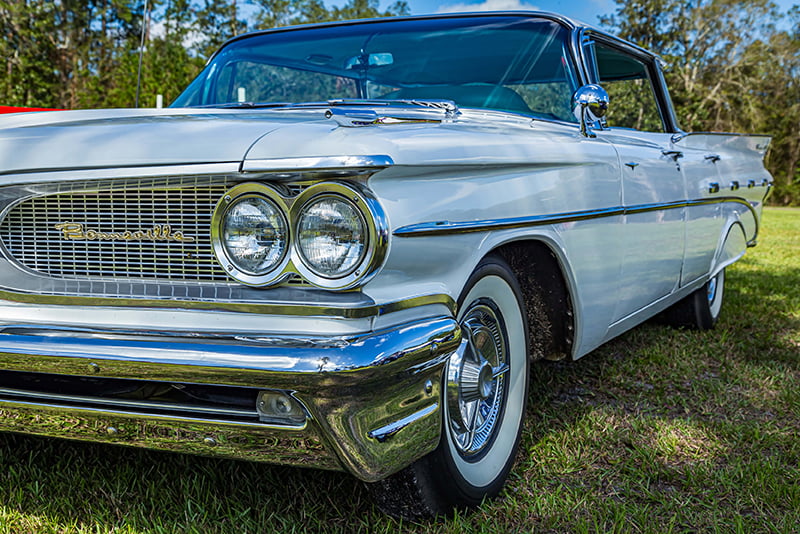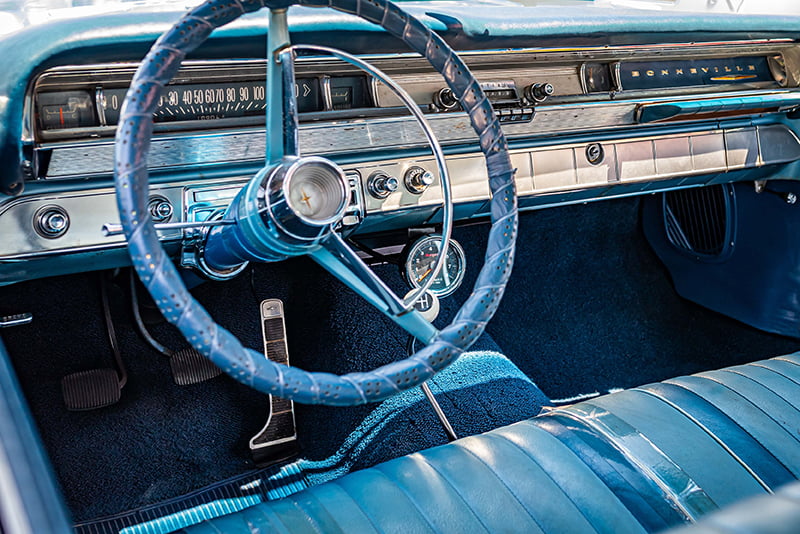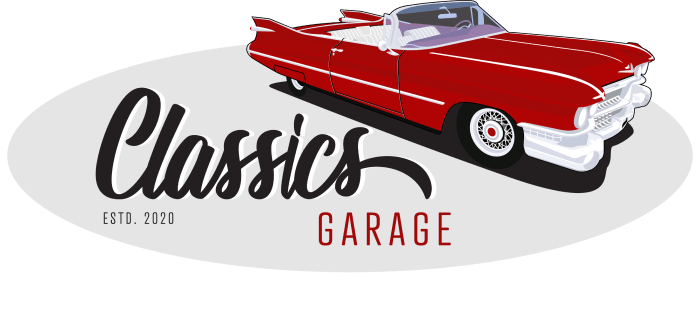Although it was produced from 1957 to 2005, the modern versions of the Pontiac Bonneville certainly aren’t regarded as the golden era of the series.
Pontiac as we know it was born in its namesake in 1893 – Pontiac, Michigan. Originally branded as the Pontiac Buggy Company, founder Edward Murphy certainly knew which way the tide was turning, and made the swap to production of automobiles in 1907 under the name Oakland Motor Car Company. Oddly enough, the following year another former buggy company executive founded a motor vehicle company. That man was none other than William Durant, and the company operation was the beginnings of automotive giant, General Motors.
As such, it didn’t take long for General Motors to establish itself as a holding company not to be trifled with, and had already amassed an array of vehicle manufacturers such as Buick, Oldsmobile and Cadillac. After Murphy’s sudden death in 1908, General Motors soon placed the Pontiac brand firmly in its sights, and acquired the company in full by 1909.
 Despite having the backing of General Motors, it took many years for Pontiac to cement it’s status as one of America’s best automotive manufacturers. While it managed to produce legends such as the Firebird and the GTO, one of the lesser known models that managed to outlast them all was the lesser known Pontiac Bonneville.
Despite having the backing of General Motors, it took many years for Pontiac to cement it’s status as one of America’s best automotive manufacturers. While it managed to produce legends such as the Firebird and the GTO, one of the lesser known models that managed to outlast them all was the lesser known Pontiac Bonneville.
A Brief History Of The Pontiac Bonneville
Although the Pontiac Bonneville nameplate was first used for concept cars shown at the 1954 Motorama auto show, it wasn’t until 1957 that the first official model was released to the public. Marketed as a top of the line, almost rocket ship like luxury vehicle, the first series was only available in a convertible.
Commonly regarded as the fanciest of the Pontiac lineup, later releases in 1959 saw the Bonneville now being produced as hardtop coupes, hardtop sedans, convertibles, pillared sedans, and even as a station wagon. Jam packed with a wide range of standard inclusions such as leather upholstery, power adjustable front seat, power windows, power steering, power brakes and power convertible top with the exception of air conditioning and a continental kit, consumers were blown away at the attention to detail.
As such, what truly helped the Pontiac Bonneville to cement it’s status as one of the best options for an affordable luxury vehicle is that it offered Americans the chance to drive a car with all the modern bells and whistles, all at the same price of an entry level Cadillac. The Pontiac Bonneville soon became a staple of American car culture during the fifties and sixties, which is now regarded as the golden era for the nameplate.
Although the first four generations of the Pontiac Bonneville are all but revered amongst classic car collectors, the later models didn’t quite pack the same punch. The next two decades weren’t the best time to be a car manufacturer in the United States, as the recession, oil crisis and overhaul of automotive safety laws all played their part in changing the car industry landscape.
While the Pontiac Bonneville was manufactured all the way through to 2005, Pontiac’s sales continued to decline for the better part of three decades, before the brand was retired completely in 2010. While it may seem like somewhat of a sad ending for the once great automotive giant, classic car lovers around the world all do their part in ensuring that the Pontiac brand lives on.
How To Get Your Hands On A Classic Car
Meeting a fellow vintage auto enthusiast can feel a bit like finding a needle in a haystack, but rest assured that Classic’s Garage understands the thrill more than most. Having spent forty years collecting anything and everything from matchbox cars to hub caps, he’s successfully followed his passion to source, collect and stock beautiful and low mileage classic automobiles from around the world. With extensive experience in the automotive industry, it was only a matter of time before Wayne expanded on his love of vintage, iconic vehicles to share his knowledge and passion with the public.
 Although his passion is for automobiles built before 1978, with a particular love for Buicks, Cadillacs, Lincolns, Oldsmobiles and even Fords, Wayne is just as passionate about the stories of the owners. Just like the cars, he has found that his fellow classic car enthusiasts all have wildly different attractions and logic behind their passion or hobby, and this often translates into how the car is presented. If it’s even remotely different, rare or just plain unusual, Wayne will overcome the relevant logistical and geographical challenges of bringing the cars to his showroom in Australia.
Although his passion is for automobiles built before 1978, with a particular love for Buicks, Cadillacs, Lincolns, Oldsmobiles and even Fords, Wayne is just as passionate about the stories of the owners. Just like the cars, he has found that his fellow classic car enthusiasts all have wildly different attractions and logic behind their passion or hobby, and this often translates into how the car is presented. If it’s even remotely different, rare or just plain unusual, Wayne will overcome the relevant logistical and geographical challenges of bringing the cars to his showroom in Australia.
Classic’s Garage is a showroom conveniently located at Seventeen Mile Rocks, that specialises in the restoration and sales of vintage automobiles. In fact, he’s got a medley of fully restored models in stock right now, which can be viewed online via Wayne’s Collection. If you’re on the hunt for Brisbane classic cars – quite simply, Wayne is your man. If you would like to arrange a viewing or inspect any other of our classic vehicles, please get in touch with us today.

